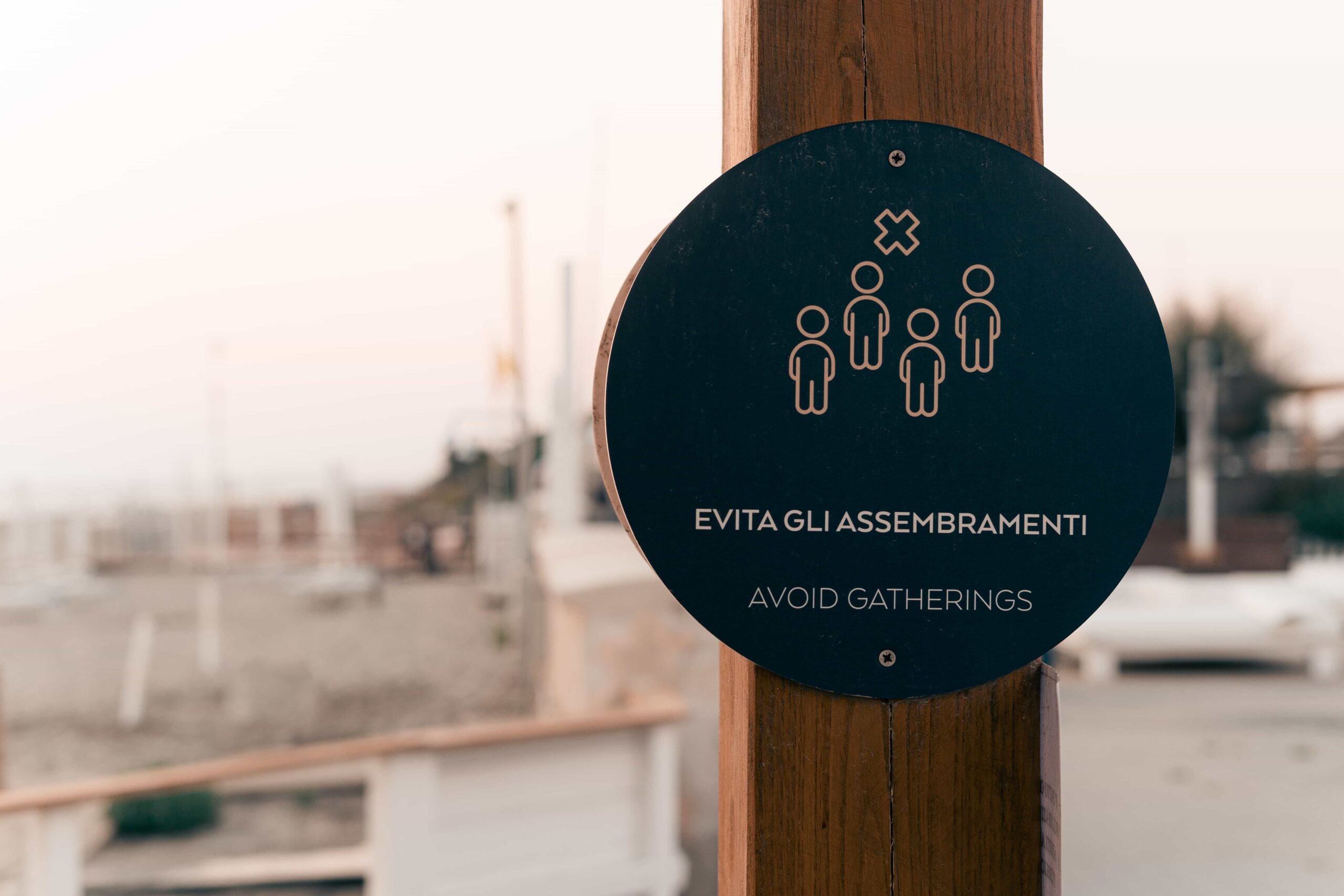Bilingual education for young children is romanticized (fetishized?) because of the ease with which kids learn languages in the early years. Exposure matters, but don’t be fooled. Knowing how to count from 1-20 in Spanish and then not having access to a dual language program isn’t something to be cut up about because you can support bilingual education at home and outside of school.
The DUH option: Afterschool programs that teach the target language
There may be after school programs that you can enroll your child in where they immerse children in the target language in a playful way. I would stay away from programs that drill children and look for ones where play is the main activity accompanied by sing-alongs, group or 1:1 discussions, and activities conducted in the target language. Some will even come and pick your child up from their school, but these usually have to be coordinated and meet a minimum number of children.
Alternatively, if you have a baby-sitter who does pick up, they can coordinate the bilingual education program attendance logistics OR, you can have a tutor drop by your home. Hiring a private tutor is cheaper than enrolling in private elementary schools and more effective than being in a group program that isn’t tailored to your child’s interests.
Bilingual education resources for the home
I say it all the time, but my mom (and my brother and me) would all have been so much happier learning Mandarin together today. The resources that exist are phenomenal and way better than what existed 30 years ago when just getting books in Mandarin was difficult and expensive.
Mr. 4 loves the following:
- Habbi Habbi reading wand – I’ve been so impressed with all the books and love how aesthetically pleasing they are as the cherry on top. They now have other languages including Spanish, French, Hindi, and Korean.
- Le Le Chinese Reading System – a Taiwanese company that mercifully prints in traditional characters as I struggle mightily with the simplified character system
- Food Superman Basic Mandarin Set – out of stock on Amazon but oh man, this was the gateway drug for Mr. 4. He would spend so much time tapping the pen on every thing in these books when he was two and three.
If you have a Lunii player or a Yoto player, there is programming in other languages (predominantly French and Spanish) which are also great. And with the Yoto player, you can keep costs down by listening to podcasts which don’t require you to get individual cards.
The DUH option that requires more legwork: immersion vacations
I’ll die on this hill: anyone including your child will learn a language when he/she has a reason to. I cannot tell you how many people like me exist who grew up in bilingual households but speak a different language more fluently than the one we grew up hearing.
No offense to my Mom, but….. German boyfriend > Saturday Chinese school
I landed in Germany with ZERO language ability in mid-August as an 18 year old and was up and running communicating pretty much exclusively in German by the end of October.
Fun fact: I was enrolled in an 11th grade French class while I was attending my German high school. At the very beginning of the school year, I was actually way more fluent in French than German having attended 6 years of French instruction.
But think about it: it took me 2.5 months to overtake my French fluency which had taken me six YEARS of dedicated study to acquire (I’m not kidding! I would get up at 6 am to watch the French in Action videos that aired on PBS; now they’re free!).
With work from home flexibility more common these days, I urge parents to consider spending at least a month in a foreign location that speaks the target language you want to acquire. It doesn’t even have to be outside the Northern Hemisphere if you’re looking to learn French or Spanish (hello Montreal/Quebec and essentially all of the Caribbean and South America).
In a pinch, you could rent an apartment within a city that is in the middle of a community that speaks the target language you are seeking to learn. For example, if you wanted to learn Mandarin, a place I would consider is the San Gabriel Valley in California where I grew up. It is dominated by Chinese-speaking citizens. Vancouver is another area that has a Chinese-speaking continent and I would consider it. In NYC, I would seek out Flushing and Sunset Park in Queens. You get the idea.
I wouldn’t go for less than three weeks though – that’s the minimum. And I would definitely do prep work before you leave to practice a little every day.

